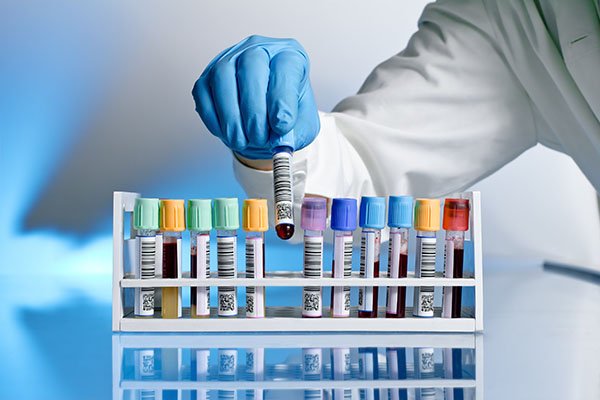Assessing the Reliability and Safety of New Medical Technologies: A Hospital's Criteria
Summary
- Hospitals rely on several criteria to assess the reliability and safety of new medical technologies for equipment procurement
- These criteria include regulatory approval, clinical evidence, cost-effectiveness, compatibility with existing systems, and vendor reputation
- Ensuring the reliability and safety of new medical technologies is crucial for providing high-quality patient care and maximizing operational efficiency
Introduction
In the ever-evolving landscape of healthcare, hospitals are constantly seeking to adopt new medical technologies to improve patient outcomes, enhance operational efficiency, and stay competitive in the market. However, the procurement of new equipment comes with its own set of challenges, particularly when it comes to assessing the reliability and safety of these technologies. Hospitals must carefully evaluate various factors to ensure that the equipment they purchase meets the highest standards of quality and performance.
Regulatory Approval
One of the primary criteria that hospitals use to assess the reliability and safety of new medical technologies is regulatory approval. Before a medical device can be introduced to the market, it must undergo a rigorous evaluation process by regulatory bodies such as the Food and Drug Administration (FDA) in the United States. Regulatory approval indicates that the device has been tested for safety and effectiveness and meets the necessary Quality Standards.
Clinical Evidence
In addition to regulatory approval, hospitals also rely on clinical evidence to evaluate the reliability and safety of new medical technologies. This includes data from clinical trials, research studies, and real-world experiences with the technology. Hospitals need to assess the level of evidence supporting the use of a particular device and determine whether it has been shown to be effective and safe in various patient populations.
Cost-Effectiveness
Cost-effectiveness is another important criterion that hospitals consider when assessing the reliability and safety of new medical technologies. While it is crucial to invest in high-quality equipment, hospitals must also ensure that the technology provides value for money and aligns with their budget constraints. Evaluating the long-term costs and benefits of a new technology is essential to making informed procurement decisions.
Compatibility with Existing Systems
When evaluating new medical technologies for equipment procurement, hospitals must also consider compatibility with their existing systems. This includes interoperability with Electronic Health Records (EHRs), integration with other medical devices, and compliance with industry standards. Seamless integration of new equipment into the hospital's infrastructure is essential to ensure smooth operations and optimal patient care.
Vendor Reputation
Finally, hospitals assess the reliability and safety of new medical technologies based on the reputation of the vendor. Hospitals prefer to work with reputable manufacturers and suppliers who have a track record of delivering high-quality products and reliable customer support. Vendor reliability and trustworthiness play a crucial role in the procurement process and can influence hospitals' purchasing decisions.
Conclusion
Assessing the reliability and safety of new medical technologies is a critical aspect of hospital supply and equipment management in the United States. By considering criteria such as regulatory approval, clinical evidence, cost-effectiveness, compatibility with existing systems, and vendor reputation, hospitals can make informed decisions about which equipment to procure. Ensuring the reliability and safety of new technologies is essential for providing high-quality patient care, optimizing operational efficiency, and driving innovation in healthcare.

Disclaimer: The content provided on this blog is for informational purposes only, reflecting the personal opinions and insights of the author(s) on the topics. The information provided should not be used for diagnosing or treating a health problem or disease, and those seeking personal medical advice should consult with a licensed physician. Always seek the advice of your doctor or other qualified health provider regarding a medical condition. Never disregard professional medical advice or delay in seeking it because of something you have read on this website. If you think you may have a medical emergency, call 911 or go to the nearest emergency room immediately. No physician-patient relationship is created by this web site or its use. No contributors to this web site make any representations, express or implied, with respect to the information provided herein or to its use. While we strive to share accurate and up-to-date information, we cannot guarantee the completeness, reliability, or accuracy of the content. The blog may also include links to external websites and resources for the convenience of our readers. Please note that linking to other sites does not imply endorsement of their content, practices, or services by us. Readers should use their discretion and judgment while exploring any external links and resources mentioned on this blog.

